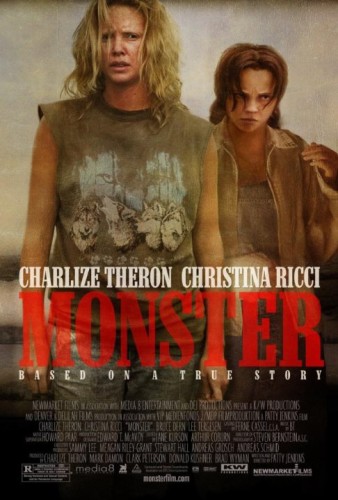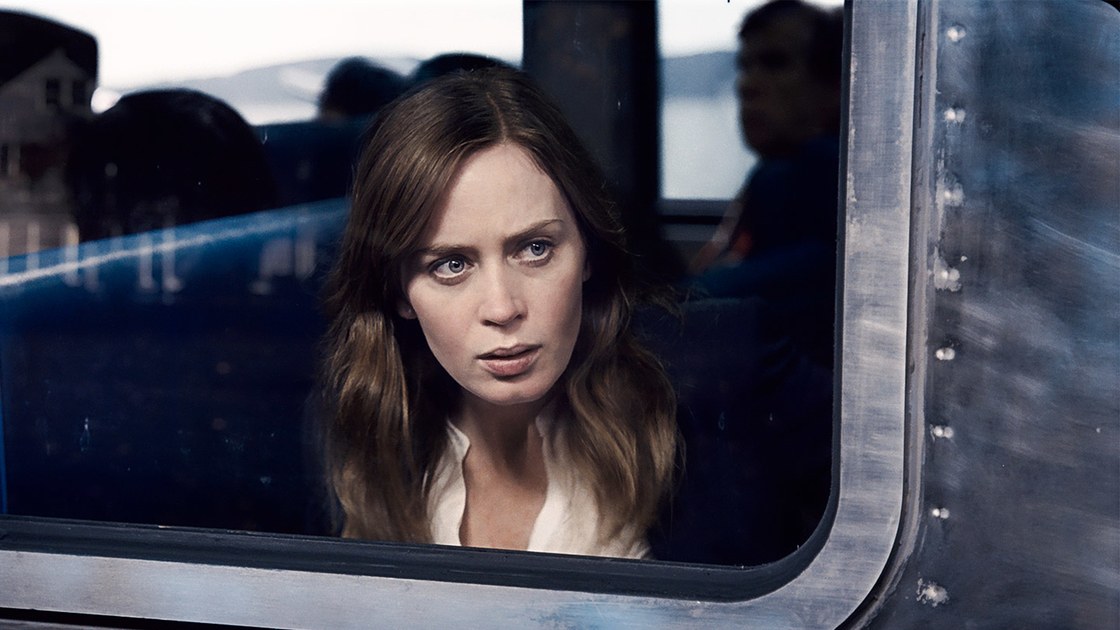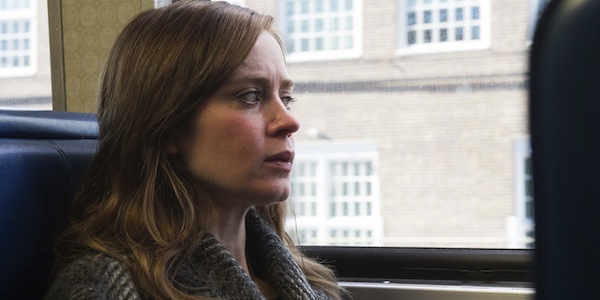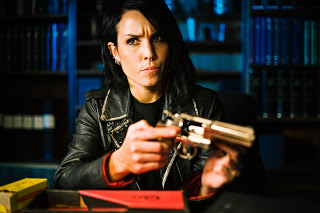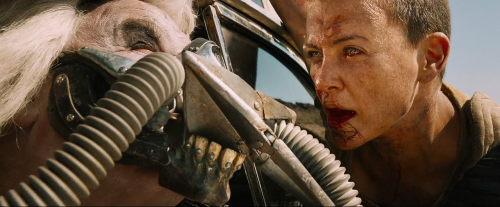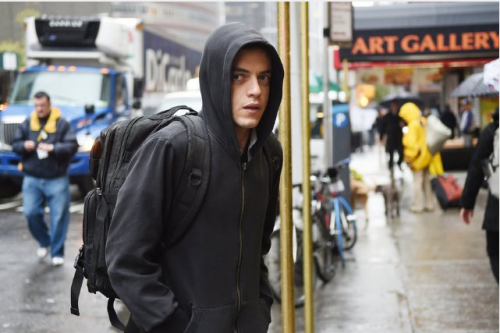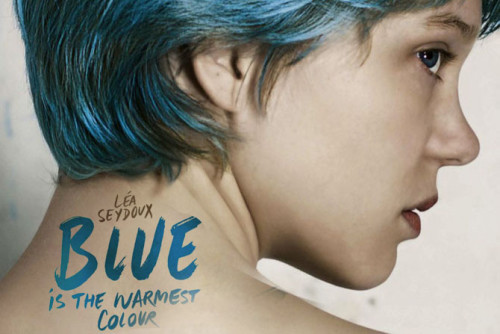What’s in a Name: Anxiety About Violent Women in ‘Monster,’ ‘Teeth,’ and ‘The Girl With the Dragon Tattoo’
The first college course I ever developed focuses on women and violence. Stemming from my interest in women who enact violence on and off the page, I wanted to ask students to think about our perceptions of women as “naturally” peaceful.
